The famous human ancestor Lucy spent at least a third of her time in the trees, new research shows.

The 3.2 million-year-old ancestor, whose fossilized skeleton was found in Ethiopia in 1974, probably lived a life similar to what the chimpanzee does today, according to US researchers who have published their findings in PLOS One.
By scanning Lucy’s skeleton with a High-resolution computed X-ray tomography (CT), powerful enough to get through the mineral layers that cover her remains, the scientists have produced 35,000 high-resolution images.
The images reveal internal structures suggesting that her upper limbs were built for heavy load bearing — much like chimpanzees’ arms, which they use to pull themselves up tree trunks and to swing between branches.
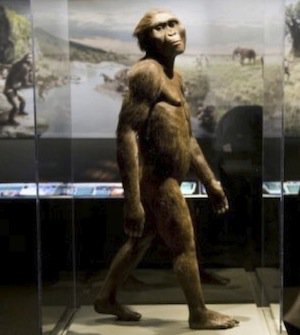
“It is a well-established fact that the skeleton responds to loads during life, adding bone to resist high forces and subtracting bone when forces are reduced,” co-author John Kappelman, a paleoanthropologist at the University of Texas at Austin.
The study is grounded in mechanical engineering principles, lead author Christopher Ruff, a professor of functional anatomy and evolution at the Johns Hopkins University School of Medicine, said in a statement.
Lucy’s legs appear to have been relatively weak, and not well adapted for climbing or walking. The researchers believe that Lucy, like chimpanzees, likely spent a good portion of time in trees, perhaps to escape from predators or to find food.
Reference:
Christopher B. Ruff , M. Loring Burgess, Richard A. Ketcham, John Kappelman, Limb Bone Structural Proportions and Locomotor Behavior in A.L. 288-1 (“Lucy”), Published: November 30, 2016http://dx.doi.org/10.1371/journal.pone.0166095





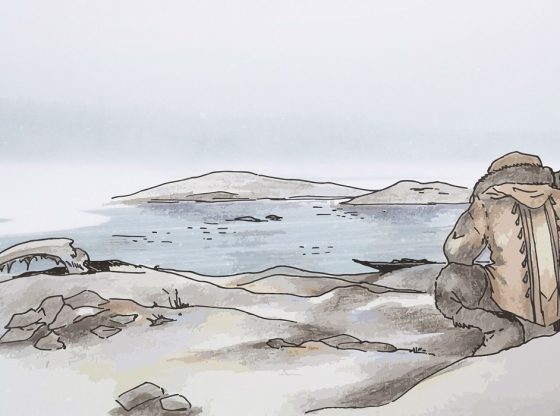
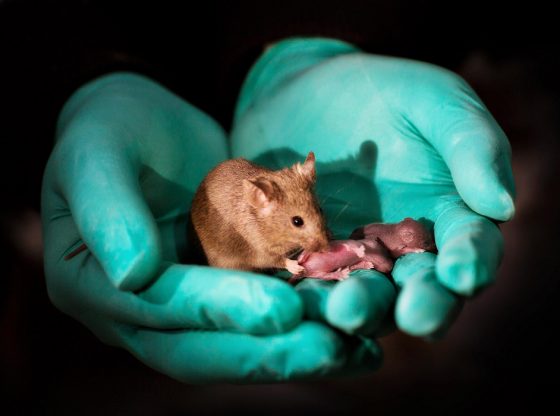
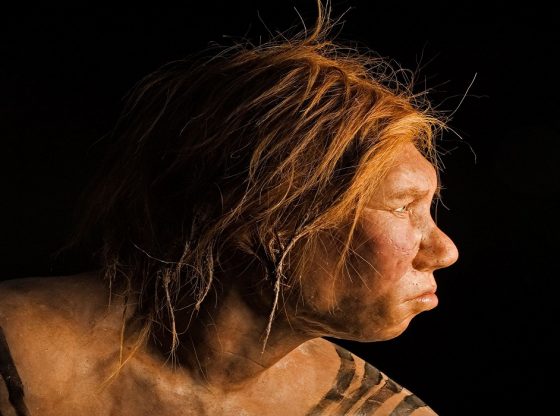
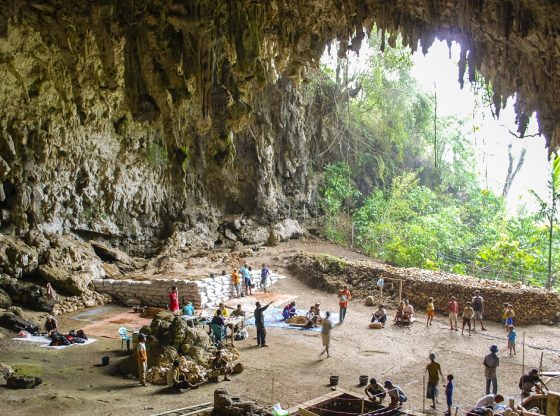
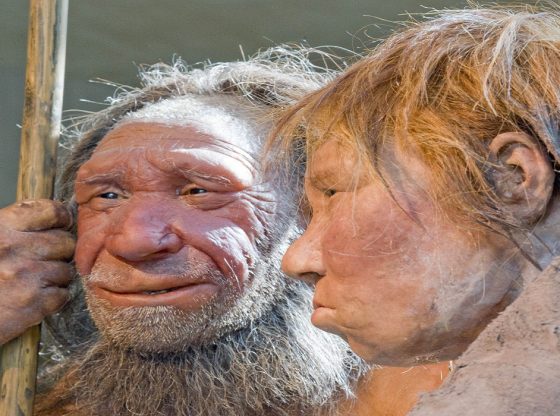

![OpenAI. (2025). ChatGPT [Large language model]. https://chatgpt.com](https://www.illustratedcuriosity.com/files/media/55136/b1b0b614-5b72-486c-901d-ff244549d67a-350x260.webp)
![OpenAI. (2025). ChatGPT [Large language model]. https://chatgpt.com](https://www.illustratedcuriosity.com/files/media/55124/79bc18fa-f616-4951-856f-cc724ad5d497-350x260.webp)
![OpenAI. (2025). ChatGPT [Large language model]. https://chatgpt.com](https://www.illustratedcuriosity.com/files/media/55099/2638a982-b4de-4913-8a1c-1479df352bf3-350x260.webp)








